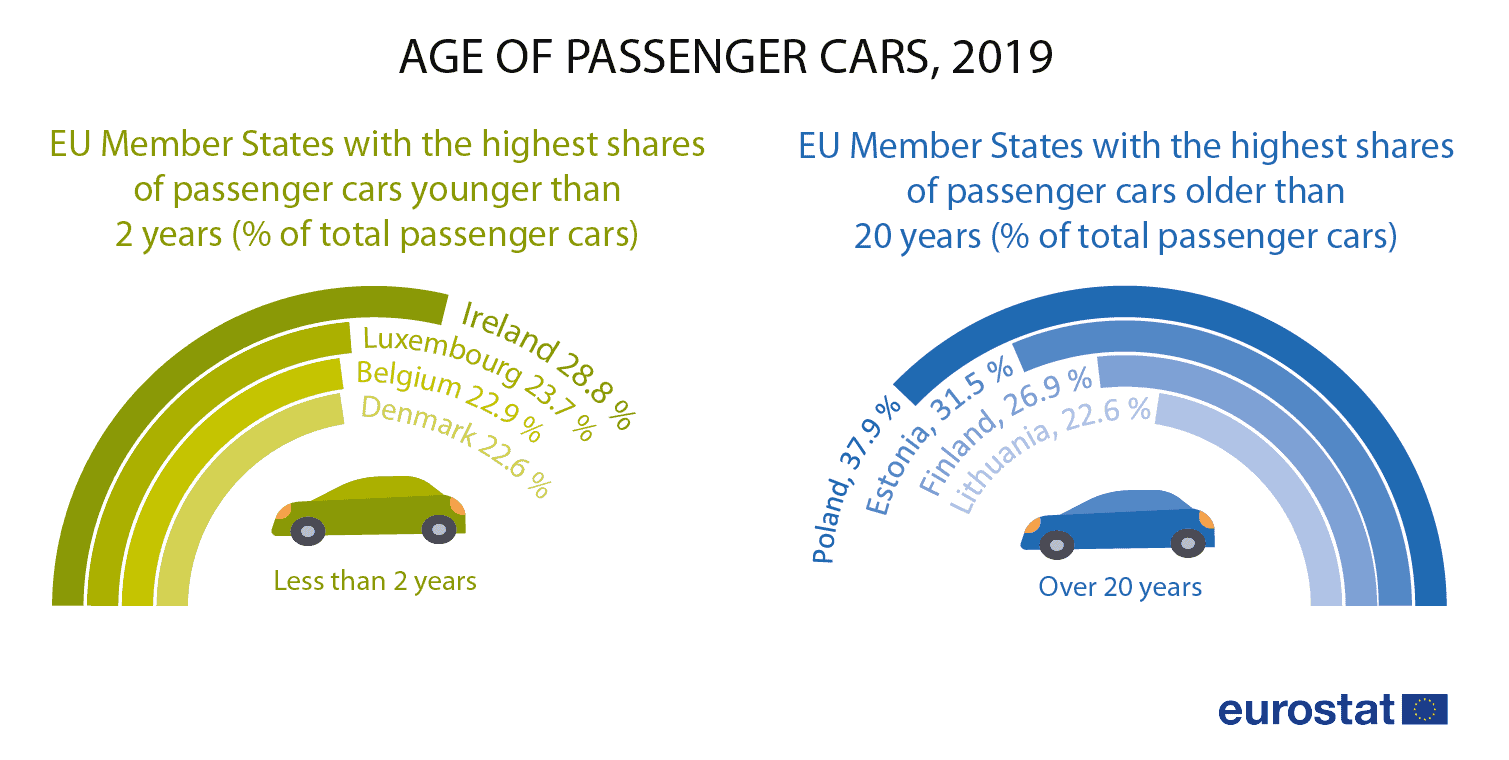Cyprus is among EU countries with the highest number of cars per 1000 inhabitants at 645 beating Greece who is cruising at 504 cars, according to the latest data from Eurostat.
Luxembourg leads the race for the last 30 years with the highest motorisation rate among the EU Member States with 681 passenger cars per thousand inhabitants recorded in 2019. This figure may be influenced by cross-border workers (i.e. not inhabitants) using company cars registered in the country.
Luxembourg was followed by Italy in second place, with 663 cars per thousand inhabitants. Next on the top of the list were Cyprus (645 cars), Finland and Poland (both with 642 cars).
In contrast, the lowest motorisation rates were found in Romania (357 cars), Latvia (381 cars) and Hungary (390 cars).


In 2019, the highest number of registered passenger cars was recorded in Germany with almost 48 million cars, followed by Italy (40 million) and France (32 million).
Between 2015 and 2019, the highest increase in the number of registered passenger cars was recorded in Romania (+34%), followed by Lithuania (+20%), Hungary (+19%), Slovakia and Poland (both +18%).
The only Member State that recorded a decline in the number of registered passenger cars over this period was Bulgaria (-11%).
Several EU Member States reported a large share of ‘old’ passenger cars (20 years or older), in 2019. The highest shares were registered by Poland (37.9%), Estonia (31.5%), Finland (26.9%) and Lithuania (22.6%).
On the other hand, the shares of new cars (less than 2 years old) were highest in Ireland (28.8%), Luxembourg (23.7%), Belgium (22.9%) and Denmark (22.6%).
In recent years, a number of countries have been offering programmes supporting the purchase of new cars with low emissions while scrapping the owners’ old car. The general aim of these programmes has been the renewal of the passenger car fleet with lower emission cars while simultaneously stimulating the economy. These programmes have had a certain influence on the age composition of passenger cars in individual countries.
Such programmes have been set up in almost half of the Member States; in this context, one should take note of the 2019 reference year when analysing these data.
Source: Eurostat


